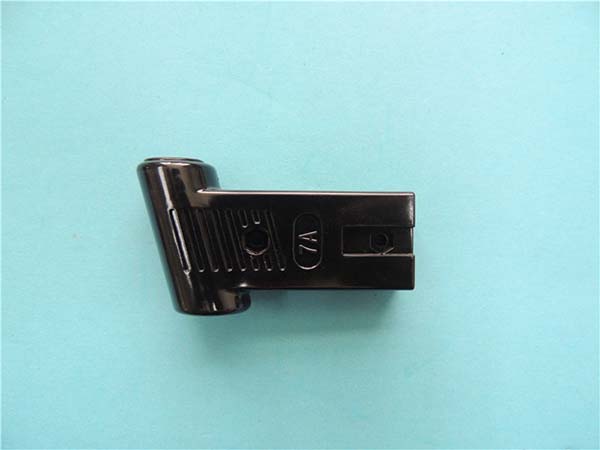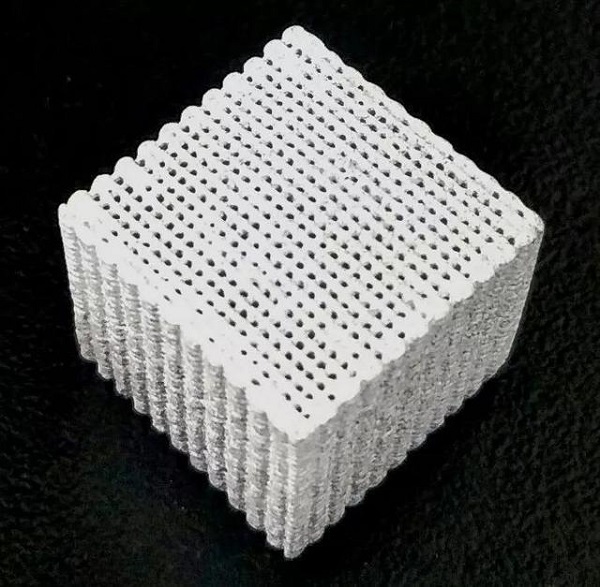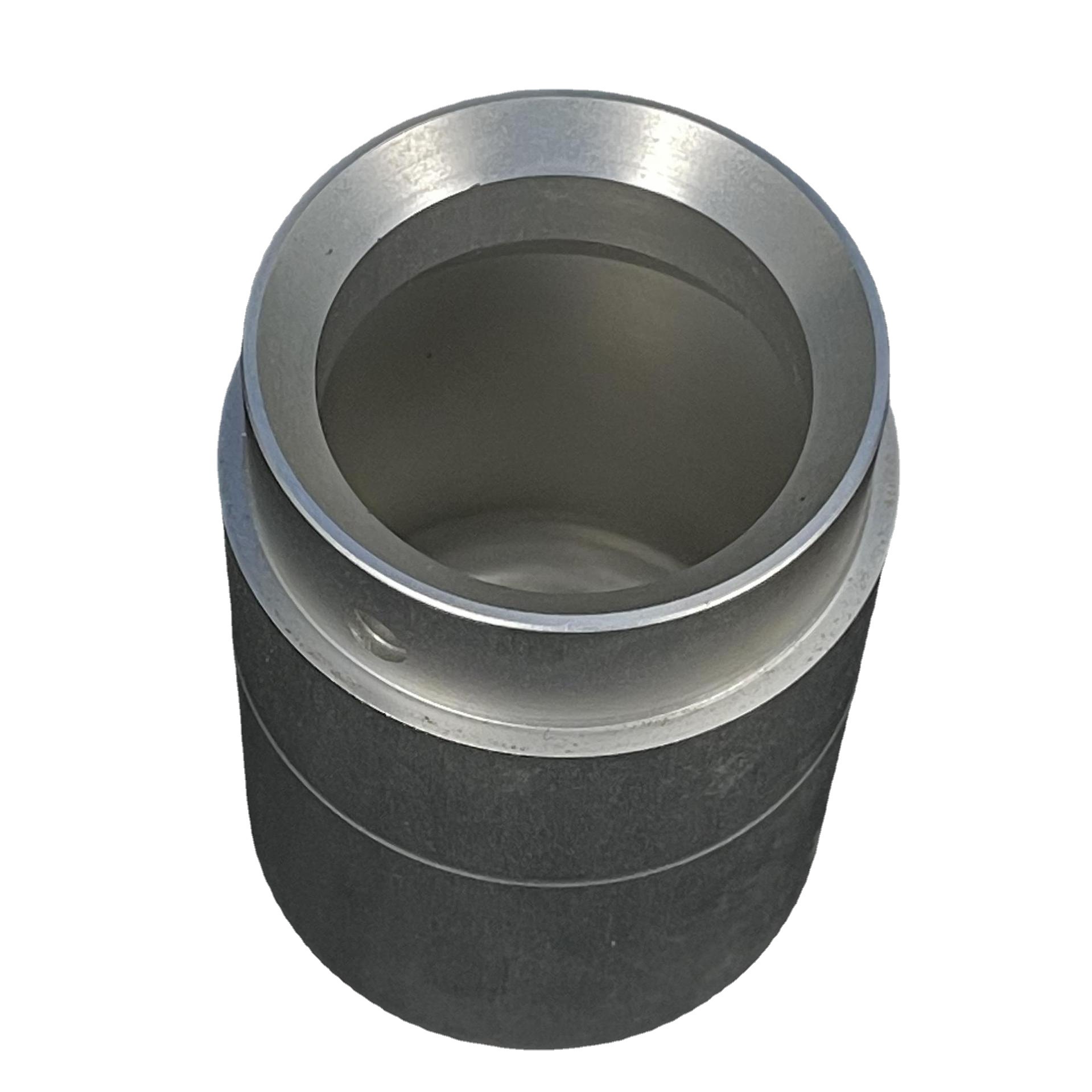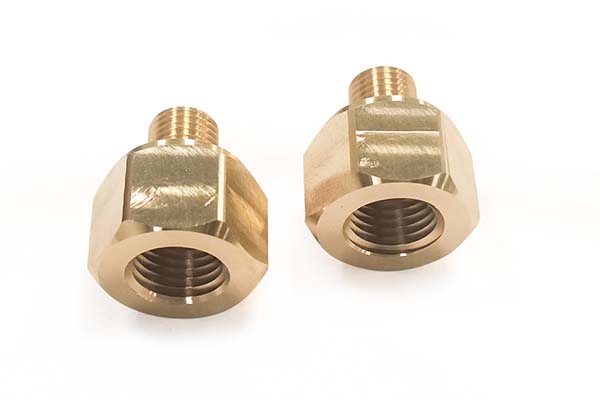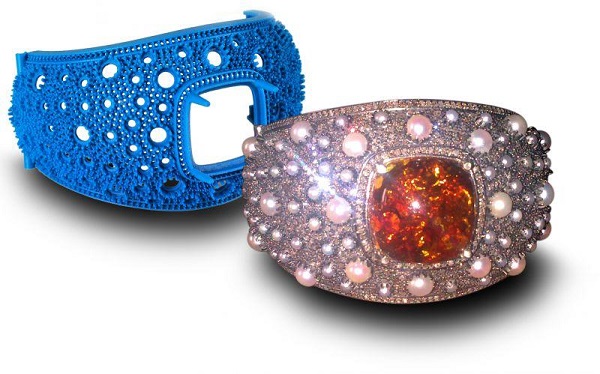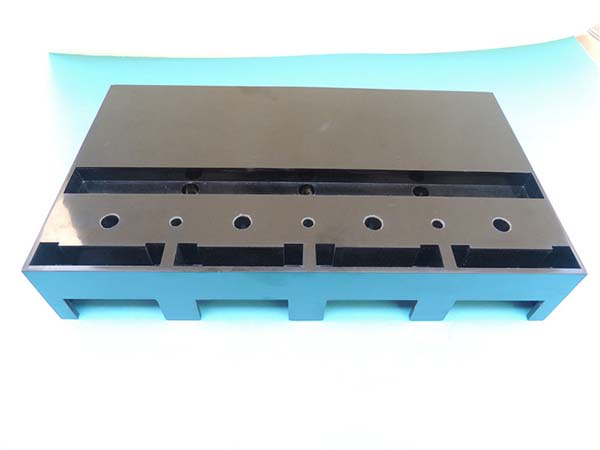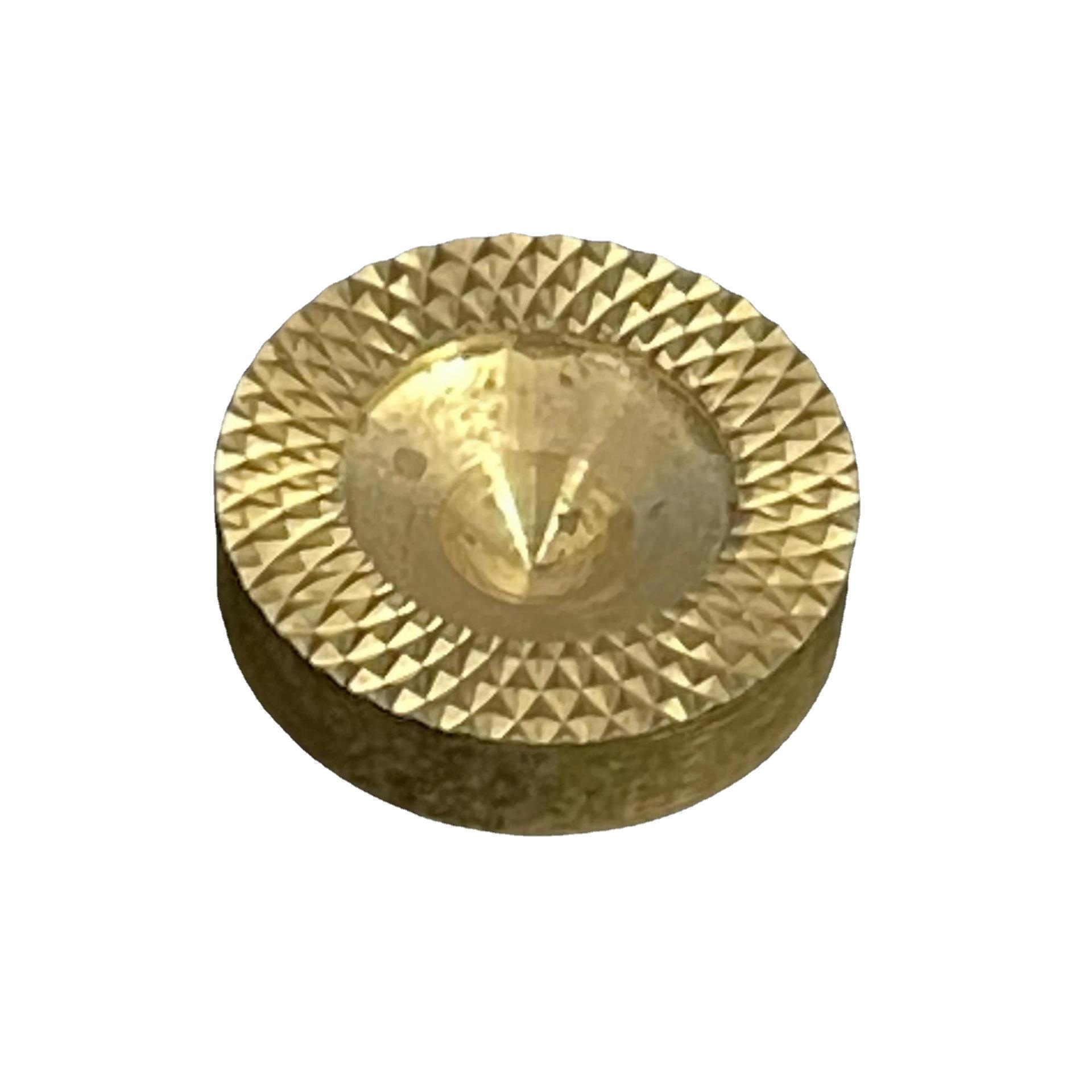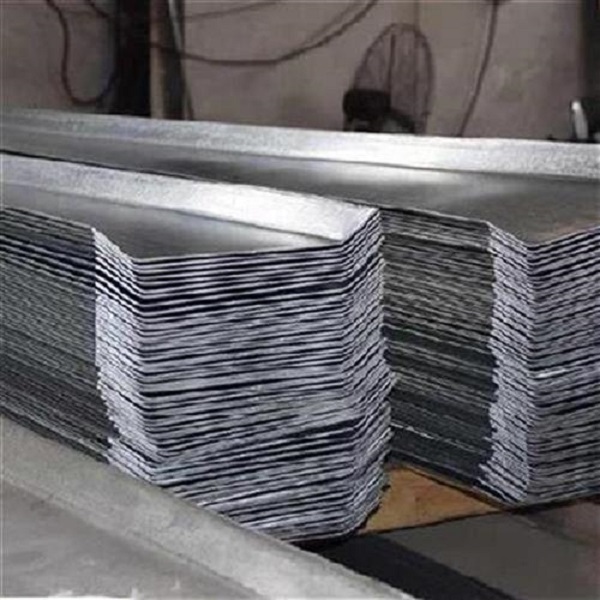Understanding 3D Services
3D services have revolutionized various industries, from manufacturing and healthcare to entertainment and design. At their core, 3D services encompass a range of technologies that bring digital designs into the physical world or create highly detailed virtual representations.
3D Printing
3D printing, also known as additive manufacturing, is a process of creating three - dimensional solid objects from a digital file. It works by depositing material layer by layer, following the instructions from a CAD (Computer - Aided Design) model. For example, in fused deposition modeling (FDM), one of the most common 3D printing methods, a filament of thermoplastic material is melted and extruded through a nozzle to build up the object.
The applications of 3D printing are vast. In the automotive industry, it can be used to create custom - made parts for prototyping. A car manufacturer might use 3D printing to quickly produce a new engine component design for testing before mass production. In healthcare, 3D - printed prosthetics are becoming more common. These can be customized to fit the exact shape of a patient's body, providing a more comfortable and functional solution compared to traditional, off - the - shelf prosthetics. According to a report by Wohlers Associates, the 3D printing market is expected to reach $46.8 billion by 2026, highlighting its growing importance.
3D Modeling
3D modeling is the process of creating a digital representation of a three - dimensional object or scene using specialized software. There are different types of 3D modeling, such as polygon modeling, NURBS (Non - Uniform Rational B - Splines) modeling, and sculpting.
Polygon modeling is widely used in the gaming and animation industries. In a video game, characters and environments are often created using polygon models. For instance, a popular action - adventure game might use highly detailed polygon models for its main characters, with millions of polygons to create realistic facial expressions and body movements. NURBS modeling, on the other hand, is more common in industries like automotive and aerospace design, where smooth surfaces are crucial. A car designer might use NURBS to create the sleek body of a new car model, ensuring that the curves are perfect for both aesthetics and aerodynamics.
3D modeling also plays a significant role in architecture. Architects can create 3D models of buildings, allowing clients to visualize the final product before construction begins. They can walk through a virtual representation of the building, experiencing the layout, lighting, and spatial relationships. This helps in making design decisions early on, reducing the need for costly changes during the construction phase.
How to Find Reliable 3D Services Near You
Finding reliable 3D services near you requires a systematic approach. Here are some effective methods:
Online Search
The internet is your best friend when looking for 3D services nearby. Start with a simple search on search engines like Google. Use specific keywords such as “3D services near me”, “local 3D printing services”, or “3D modeling companies in [your city]”. This will provide you with a list of local service providers.
Local service platforms like Yelp, Angie's List, or Thumbtack can also be extremely helpful. These platforms aggregate business information, including 3D service providers. They often display important details such as business hours, contact information, and customer reviews. For example, on Yelp, you can filter search results by distance from your location and read reviews from other customers who have used the services. This gives you a better understanding of the quality and reliability of the service.
Customer Reviews and Testimonials
Customer reviews and testimonials are invaluable when assessing the quality of 3D services. On review platforms, pay attention to both positive and negative reviews. Positive reviews can highlight the strengths of a service, such as high - quality prints, accurate 3D models, or excellent customer service. For instance, a customer might praise a 3D printing service for its fast turnaround time and the precision of the printed objects.
Negative reviews, on the other hand, can reveal potential issues. If multiple customers complain about a 3D service's poor communication or inaccurate models, it's a red flag. Additionally, look for patterns in the reviews. If several customers mention the same problem, it's more likely to be a recurring issue with the service. Testimonials on a service provider's official website can also provide insights, but keep in mind that these are usually carefully selected, so it's best to cross - reference them with external reviews.
Local Business Directories
Local business directories, both online and offline, can be useful resources. In your local area, there may be directories specifically focused on technology - related businesses, which could include 3D service providers. Yellow Pages, for example, has an online version where you can search for 3D services by category and location. These directories often provide basic contact information and a brief description of the services offered.
Some local chambers of commerce also maintain business directories. They can be a great source for finding local, community - based 3D service providers. These providers may offer unique advantages such as faster local delivery times or a better understanding of the local market needs.
Comparing 3D Service Providers: A Detailed Look
When choosing a 3D service provider near you, it's essential to compare different options to ensure you get the best fit for your needs. Here is a detailed comparison table highlighting some key aspects:
| Aspect | Provider A | Provider B | Provider C |
| Price | Offers competitive pricing based on a per - print or per - model basis. For a small - scale 3D print (volume less than 100 cubic centimeters), it charges \(20 - \)50. For 3D modeling, hourly rates start at $50. | Has a tiered pricing system. Basic 3D prints are priced affordably, with small prints (up to 50 cubic centimeters) costing \(15 - \)30. Modeling services are priced at a flat rate of $500 for a standard - complexity model. | Pricing is project - based. For a mid - sized 3D printing project (volume between 100 - 300 cubic centimeters), it might cost \(100 - \)300. 3D modeling prices vary widely depending on complexity, starting from $300 for simple models. |
| Service Range | Specializes in 3D printing and also offers basic 3D modeling for product design. Can handle small - scale prototyping and custom - made product parts. | Focuses on 3D scanning and reverse engineering in addition to 3D printing. Ideal for creating digital replicas of existing objects for restoration or modification. | Provides a comprehensive suite of services including 3D printing, high - end 3D modeling for architecture and entertainment, and 3D animation services. |
| Material Selection | Offers a variety of common 3D printing materials such as PLA, ABS, and PETG. In terms of 3D modeling, can work with standard software - supported textures and materials. | Has a wider range of 3D printing materials, including some specialty materials like flexible TPU and high - temperature - resistant Nylon. For 3D scanning, can accurately capture details for various types of surfaces. | Boasts an extensive material library for 3D printing, including metal alloys for industrial applications. In 3D modeling, can create highly realistic materials and textures for use in virtual reality and high - end visualizations. |
| Precision | In 3D printing, can achieve a layer height of 0.1 - 0.3mm, suitable for most general - purpose applications. 3D models are created with a high level of detail, with polygon counts optimized for both visual quality and file size. | 3D printing precision reaches up to 0.05mm for fine - detail prints. 3D scanning has a high - resolution capture, with an accuracy of up to 0.1mm in object reconstruction. | For 3D printing, offers sub - 0.05mm layer heights for ultra - high - precision prints. In 3D modeling for architecture, can create models with extremely accurate scale and detail, down to the millimeter level for large - scale projects. |
By carefully considering these factors, you can make an informed decision when choosing a 3D service provider near you.
The Expertise and Experience of Yigu Technology
As a Non - standard Plastic Metal Products Custom Supplier
Yigu Technology, a leading non - standard plastic metal products custom supplier, has made significant inroads into the 3D services domain.
Yigu Technology is equipped with state - of - the - art 3D printing and modeling equipment. Their 3D printers can handle a diverse range of materials, from common plastics like PLA and ABS to more advanced materials such as high - strength metal alloys. This wide material compatibility allows them to meet the demands of various industries, whether it's creating intricate prototypes for the electronics industry or robust parts for the automotive sector.
The team at Yigu Technology consists of highly skilled professionals. Their 3D modelers have an average of 5+ years of experience in the field. They are proficient in using industry - standard software like Autodesk Maya, Blender, and SolidWorks. These experts can translate even the most complex design concepts into detailed 3D models, ensuring that every curve, angle, and surface is accurately represented.
In summary, Yigu Technology's combination of advanced equipment, experienced professionals, and a proven track record makes them a reliable choice for anyone seeking 3D services in the non - standard plastic and metal products space.
FAQ
Q1: How much does 3D printing cost?
The cost of 3D printing varies widely based on several factors. Material is a significant factor. For example, common plastics like PLA are relatively inexpensive, with prices ranging from \(20 - \)50 per kilogram. In contrast, metal materials such as titanium can cost several hundred dollars per kilogram. The complexity of the model also matters. A simple, solid cube will cost less to print than a highly detailed, intricate model with many small features and cavities. Additionally, the size of the object impacts the cost. Larger objects require more material, increasing the overall expense. Printing services may charge by the volume of the printed object, with rates like \(0.1 - \)1 per cubic centimeter in some cases.
Q2: What types of materials can be used in 3D printing?
There is a diverse range of materials available for 3D printing. Plastics are very common. PLA (Polylactic Acid) is biodegradable, easy to print with, and has a smooth finish, making it great for general - purpose use like creating small models or prototypes. ABS (Acrylonitrile Butadiene Styrene) is more durable and heat - resistant, suitable for functional parts such as small machine components. Metals such as aluminum, titanium, and stainless steel are used in industrial applications. Aluminum is lightweight and has good thermal conductivity, while titanium offers high strength - to - weight ratio and excellent corrosion resistance, ideal for aerospace and medical implants. Ceramics can be 3D - printed to create artistic pieces, dental restorations, and high - temperature - resistant components. Ceramic prints often require sintering after printing to increase their strength and density.
